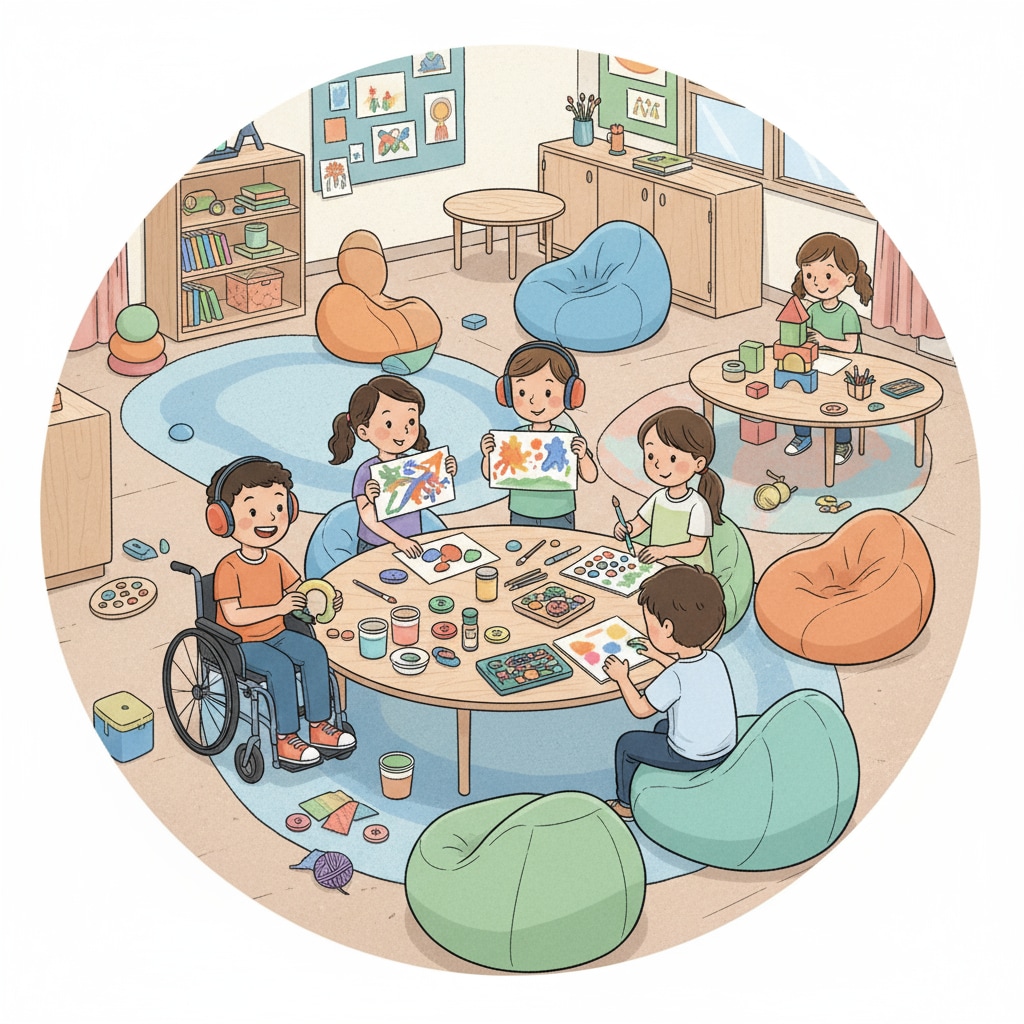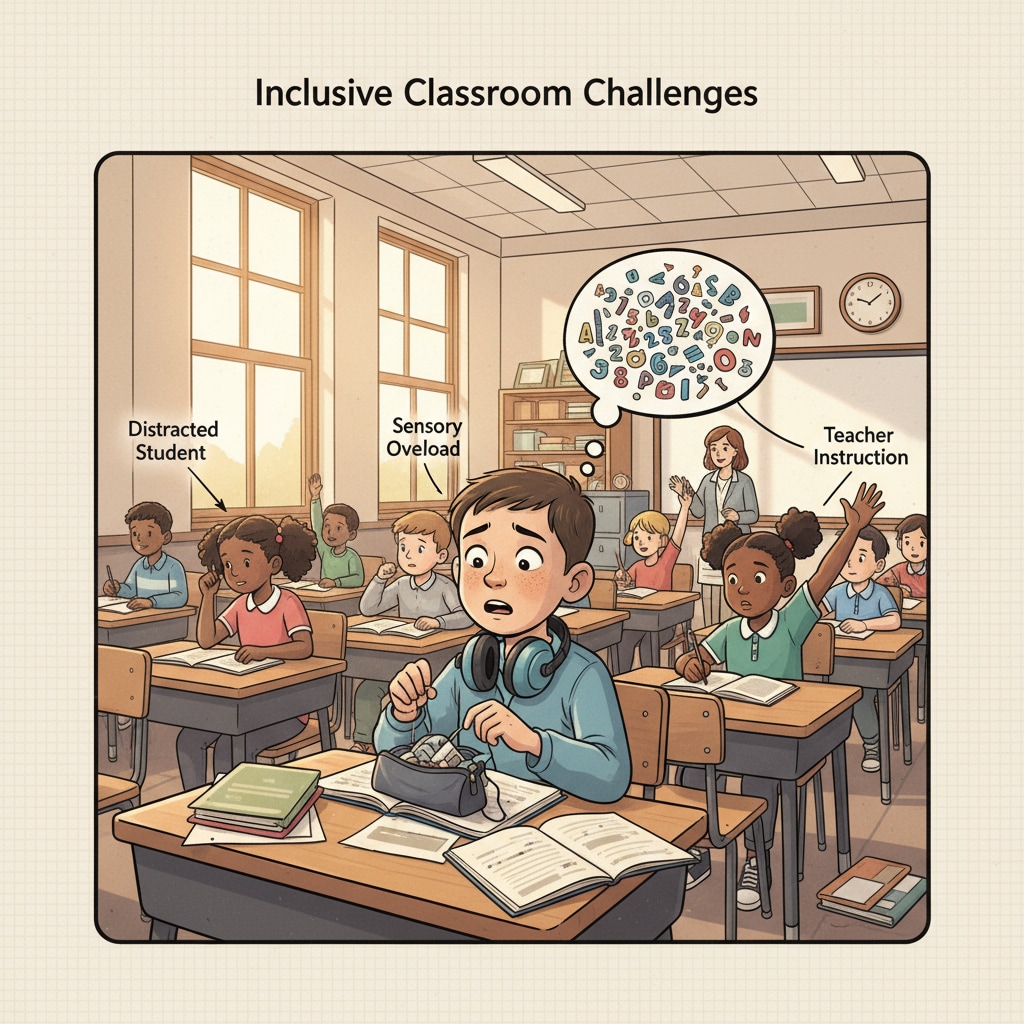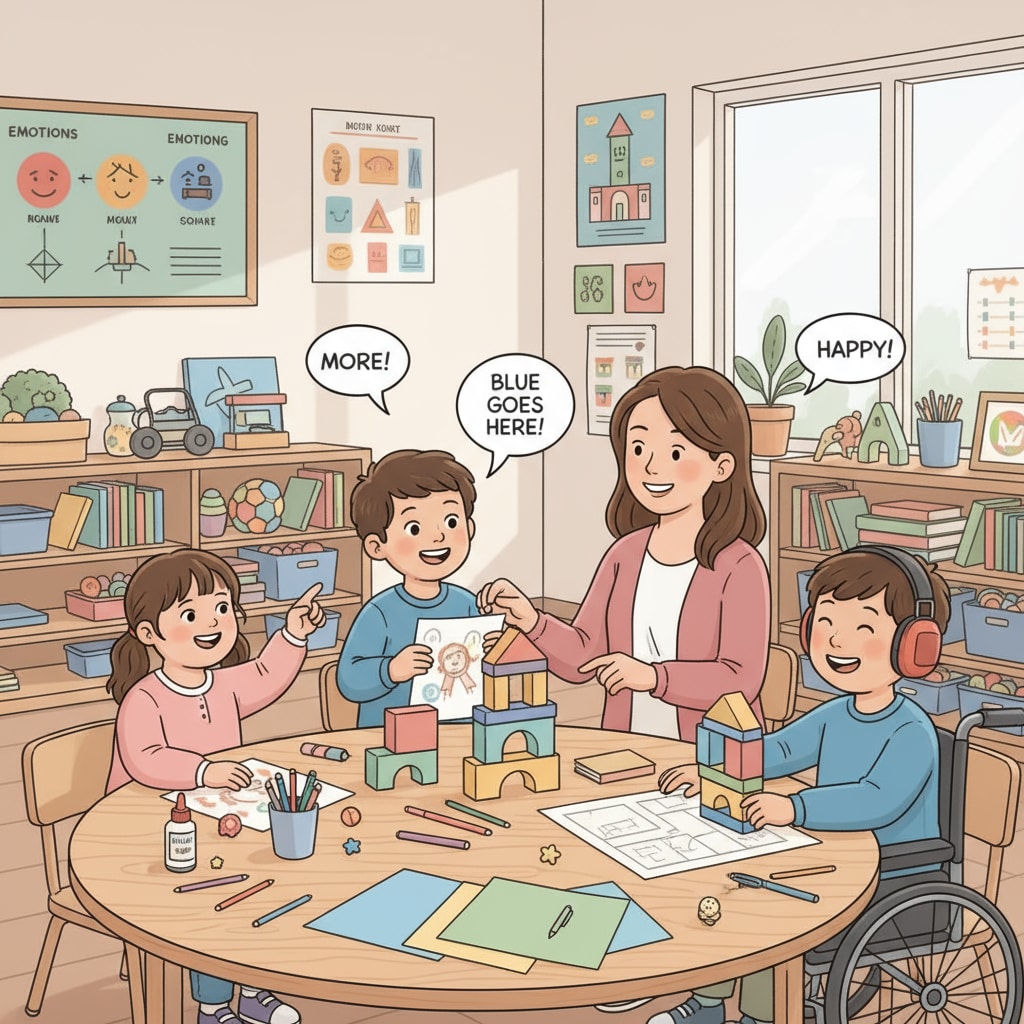Educational choices for special needs children often present a complex challenge, especially when considering the traditional school dilemma. Many parents find that the one-size-fits-all approach of mainstream education fails to meet the unique requirements of their children. In this article, we will explore different educational paths available to special needs children, aiming to find the most suitable environment for their growth and development.

The Limitations of Traditional Schools
Traditional schools are designed to accommodate the majority of students, following a standardized curriculum and teaching methods. However, for special needs children, these settings can be highly restrictive. The large class sizes make it difficult for teachers to provide individualized attention, which is crucial for children with learning disabilities, behavioral issues, or other special needs. Additionally, the rigid academic schedule may not allow for the flexibility required to support these children’s unique learning paces. As a result, many special needs children struggle to keep up and may even develop a negative attitude towards learning. For example, a child with autism might find the noisy and chaotic environment of a traditional classroom overwhelming, making it hard for them to focus and participate in lessons. Understanding Special Education on Understood.org

Montessori Education for Special Needs Children
Montessori education offers a different approach that can be highly beneficial for special needs children. The Montessori method emphasizes individualized learning, allowing children to progress at their own pace. In a Montessori classroom, there are a variety of hands-on materials and activities designed to engage children’s senses and promote exploration. This can be particularly helpful for children with sensory processing disorders or learning difficulties. For instance, children can manipulate objects to learn math concepts or explore nature to enhance their understanding of science. The prepared environment in a Montessori classroom also provides a calm and structured space, which can be reassuring for children who are easily distracted or anxious. What is Montessori Education on Montessori.edu
Moreover, Montessori teachers are trained to observe each child’s unique learning style and needs. They can then adapt the curriculum and teaching methods accordingly, providing the necessary support to help special needs children thrive. This personalized approach can not only improve academic performance but also boost a child’s self-esteem and confidence.
The Rise of Micro-schools
Another alternative in the educational landscape for special needs children is micro-schools. Micro-schools are small, often community-based institutions that offer a more intimate and personalized learning environment. With smaller class sizes, typically ranging from 10 to 15 students, teachers can give individual attention to each child. This is especially important for special needs children who require more one-on-one support.
Micro-schools also tend to have a more flexible curriculum, allowing for greater customization to meet the specific needs of each student. They can incorporate alternative teaching methods and focus on holistic development, including social and emotional skills. For example, some micro-schools might offer nature-based learning programs or art therapy sessions, which can be highly therapeutic for special needs children. The close-knit community within a micro-school can also provide a sense of belonging and support, which is essential for a child’s overall well-being.

In conclusion, when it comes to educational choices for special needs children, parents should not be limited by the traditional school model. By exploring options like Montessori education and micro-schools, they can find an environment that nurtures their child’s unique qualities and fosters a love for learning. It’s important to remember that every special needs child is different, and the right educational choice can make a world of difference in their lives. Parents should take the time to research, visit different institutions, and consult with experts to make the best decision for their child’s future.
Readability guidance: This article uses short paragraphs and lists to summarize key points. Each H2 section provides relevant information in a clear and concise manner. The passive语态 is used minimally, and long sentences are kept to a reasonable proportion. Transition words such as “however,” “additionally,” “for example,” and “moreover” are used throughout the text to enhance flow and coherence.


